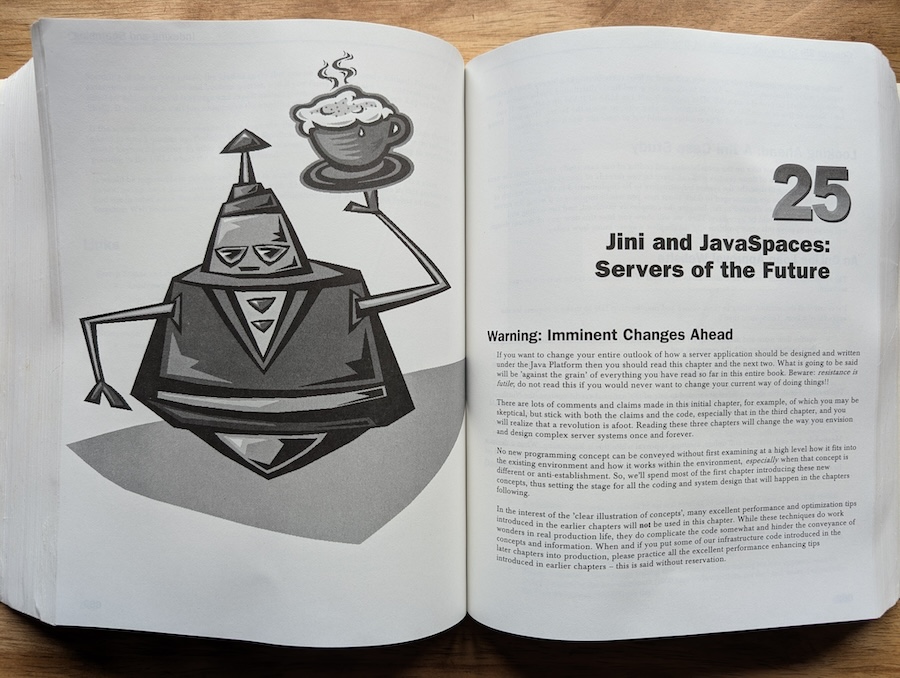One of the most interesting apects of computer-generated novels is that you can produce text faster than anyone could read it. Producing compelling, readable text is another matter.
There was a lot of hype in the early days about how GenAI would be able to compete with human writers. This has not turned out to the be the case – most sophisticated LLMs are designed for general use and getting them to produce crisp literary text is hard. They have learned bad habits from reading everyday prose and beginner’s creative writing (they have also picked up some strange ideas).
In the afterword to Death of an Author, Aiden Marchine1 wrote about his workflow, which required combining ChatGPT with other tools and his own intensive edits. The book reads well, but Marchine estimates only 95% of the text is compuer-generated. He also describes doing a lot of work to help the AI.
ChatGPT is helping people with writing on a smaller level. Some writers use GenAI to produce descriptions, as described in Verge article The Great Fiction of AI. There’s also some interesting recent discussion by Cal Newport about how people have used LLMs in academic workflows (see What Kind of Writer is ChatGPT).
We’re a long way from giving chatGPT a paragraph of description and getting a readable novel out.
Something that Marchine pointed out is that LLMs are very good mimics for some types of writing. Marchine went on to point out that Dracula is a novel made up of different types of document, and maybe an LLM can produce a novel made of found texts. Stephen Marche’s New Yorker article, Was Linguistic A.I. Created by Accident? describes how one of the first signs of LLMs’ power was the production of some fake wikipedia entries. Five entries were created for ‘the Transformer’, and the results included an imaginary SF novel and a hardcore Japanese punk band.
A narrative novel is beyond current LLMs. But that still leaves options for other types of fiction.
- Aiden Marchine was a penname taken by Stephen Marche for the work he produced in collabortation with AI tools. ↩︎



